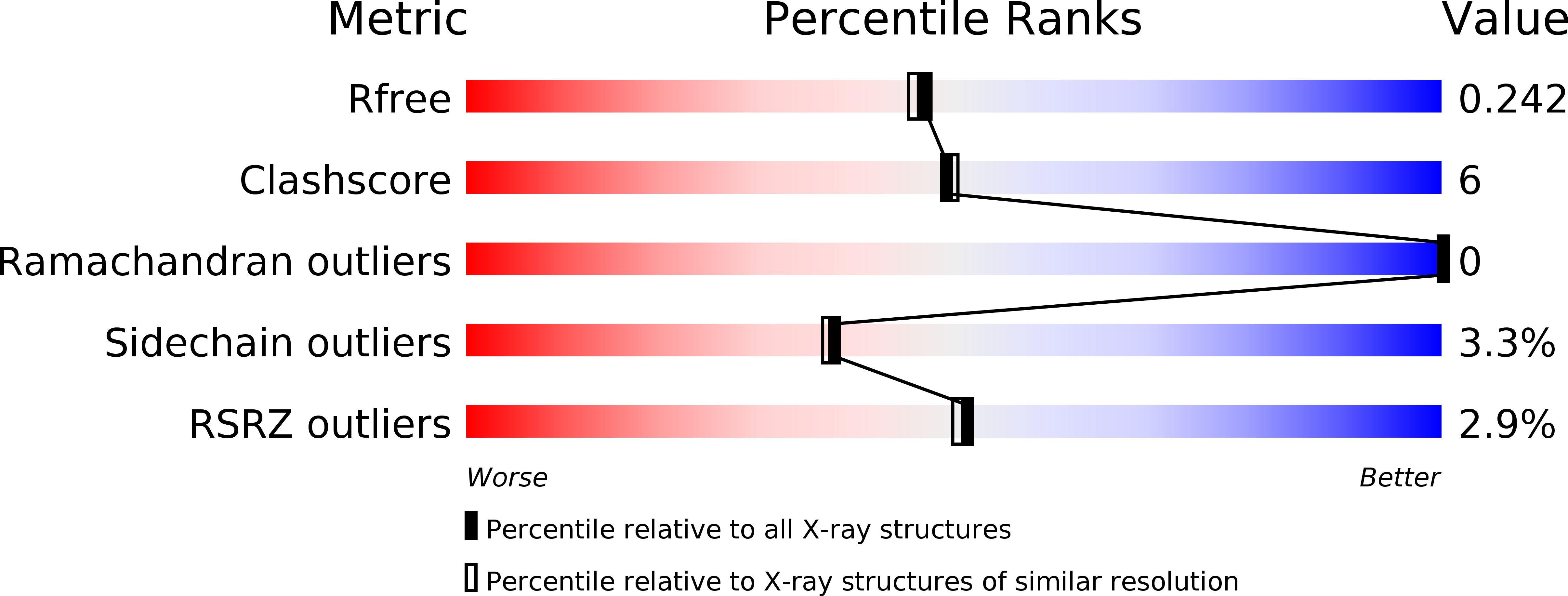
Deposition Date
2010-05-07
Release Date
2011-05-11
Last Version Date
2024-11-27
Entry Detail
PDB ID:
3MXC
Keywords:
Title:
Structures of Grb2-SH2 Domain and AICD peptide Complexes Reveal a Conformational Switch and Their Functional Implications.
Biological Source:
Source Organism:
Homo sapiens (Taxon ID: 9606)
Host Organism:
Method Details:
Experimental Method:
Resolution:
2.00 Å
R-Value Free:
0.24
R-Value Work:
0.21
R-Value Observed:
0.21
Space Group:
P 61 2 2


